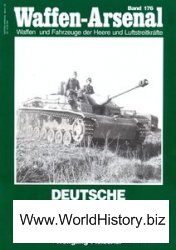Wilk and Rathje argued that it is important to investigate households in archaeology because an understanding of the nature of change in household organization bridges the existing ‘mid-level theory gap’ (see Processual Archaeology). They argued that, at the level of the household, ‘‘social groups articulate directly with economic and ecological processes.’’ Richard E. Blanton argued that households were probably the major arena in which social productive strategies are played out. Thus, archaeologists have been principally concerned with households in the past as socioeconomic units of production in the wider community.
Wilk and Rathje defined the activities of a household as being concerned with production, distribution, transmission, and reproduction. ‘Production’ consists of the pooling of labor of the household (e. g., planting, shepherding, weaving, wage earning) to procure resources and increase their value. ‘Distribution’ consists of the distribution of resources from producer to consumer within or outside the household (e. g., food). ‘Transmission’ concerns the transference of rights, responsibilities, and property between generations within the household. ‘Reproduction’ refers to the rearing and socializing of children born into the household. These household activities are all for the benefit of the household unit, linking its members and possessions together and emphasizing the importance of a household as a social and economic unit. Wilk and Rathje divided these activities into three levels: (1) the social (i. e., the demographic unit); (2) the material (i. e., the dwelling with its possessions); and (3) the behavioral (the actual activities it performs). The material is the only level which is extant in the archaeological context.




 World History
World History









